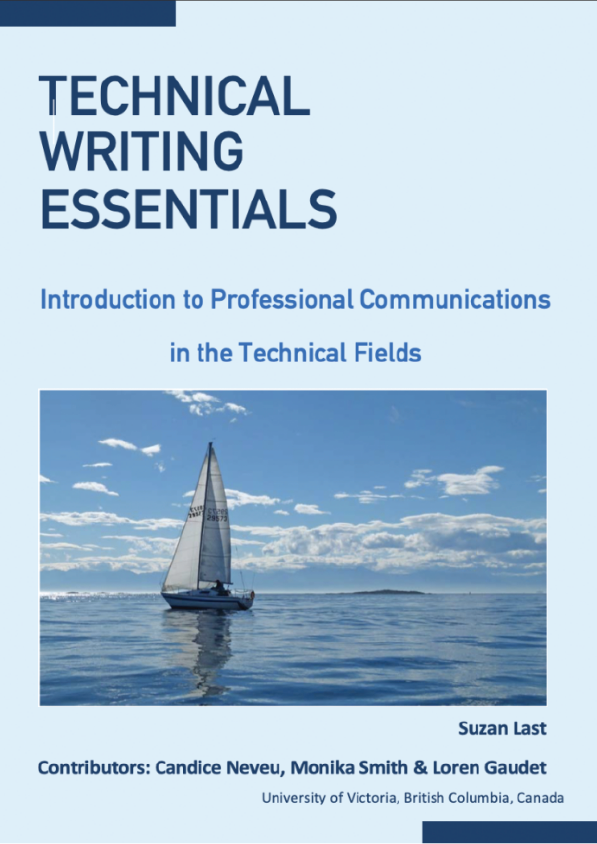Introduction
In our increasingly technological and internationalized workplaces, communication skills are among the most soughtafter competencies employers require of job candidates. Every job posting you see will almost certainly ask for candidates with excellent communications skills and the ability to work effectively in teams. The ability to communicate clearly and effectively in written, verbal, visual, and interpersonal contexts is vital for success and advancement in the workplace. This ability is equally important in technical workplaces, where information must be conveyed using accuracy, precision, and concrete detail. Lending these qualities in your interactions with project teams will facilitate workflow. No matter how brilliant or innovative an idea may be, if it is not communicated clearly and promoted effectively to the right audience, it will not become a reality. For an innovative idea to move from concept to project to completion requires many stages in a design process (see Figure 1), almost all of which require clear communication and effective teamwork.
When you hear the term “technical communication,” what comes to mind? Perhaps you think of scientific reports, specifications, instructions, software documentation, or technical manuals. You might also think of the audience, requirements, the digital tools used to create the documentation along with the platforms for making the documentation available, and the research that goes into creating that documentation. And you would be correct. Technical communication is an umbrella term that usually is understood to encompass all these–as well as technical writing. Technical writing is a genre of non-fiction writing that encompasses not only technical materials such as manuals, instructions, specifications, and software documentation, but also writing produced in day-to-day business operations such as correspondence, proposals, internal communications, media releases, and many kinds of reports. It includes the communication of specialized technical information, whether relating to computers and scientific instruments, or the intricacies of meditation. And because oral and visual presentations are such an important part of professional life, technical communication also encompasses these as well. This first part of the text introduces you to the basic concepts related to technical communication overall.
Why are Technical Communication Skills Important?
You may be wondering why a technical communication course is included in your program. Information in the technical fields must be conveyed with precision and clarity. Failing that, inaccuracies can creep into the content of messages resulting in costly and, sometimes, catastrophic errors. Technical communication courses offer opportunities for you to learn the skills and techniques for communicating effectively and efficiently.
He added that engineers who are more advanced in their careers spend only 5-10% of their time engaged in problem solving of some kind and 90-95% of their time engaging in related communications tasks: researching, writing and reading reports, proposals, emails, letters, memos; giving or attending presentations; discussing and meeting with colleagues, teammates, managers, clients, and so forth. In a recent survey of over 1000 professionals from various professions, over 70% of engineers and almost 50% of programmers rated the quality of their writing as either “very important” or “extremely important” to the performance of their jobs (Swartz, et al., 2018). Clearly, as Barry Hyman (2002) asserts in Fundamentals of Engineering Design, “the stereotype that engineering is for inarticulate nerds is way off base.” Technical communication is “transactional” – it entails a purposeful transaction between sender and receiver that provides specific information for practical and specific purposes (informing, instructing, persuading) and is usually geared towards the needs of a specific audience. Technical communicators produce a wide variety of documents and other products, such as
- Proposals and requests for proposals (RFPs)
- Technical or research reports
- Documentation records and product specifications
- User guides (step-by-step instructions, procedures, manuals)
- Online help, technical support
- Reference information (encyclopedia-style information)
- Consumer literature (information for the public about regulations, safety issues, etc.)
- Marketing literature (product specifications, brochures, promotional literature)
- Technical journalism (found in trade magazines, media releases, etc.)











